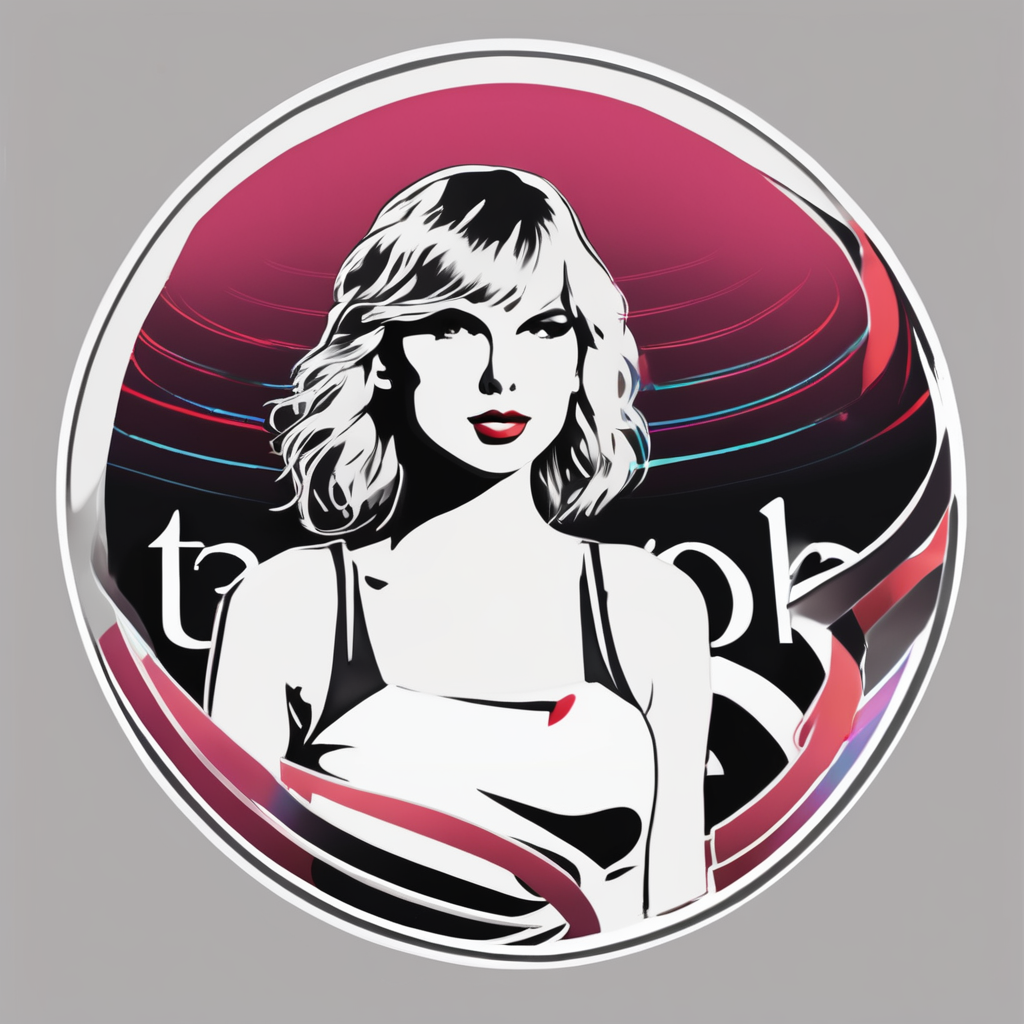Japanese clothing embodies a unique blend of history, artistry, and cultural symbolism that continues to inspire modern fashion. Traditional garments like the kimono and yukata showcase craftsmanship and storytelling, while contemporary styles reflect innovation rooted in heritage. Understanding these elements offers insight into Japan’s enduring aesthetic and cultural values, making its clothing a timeless expression of elegance and identity.
Comprehensive Guide to Japanese Clothing: Traditional and Modern Styles
Within the rich tapestry of Japanese clothing lies a deep heritage shaped by centuries of tradition and layered cultural meaning. The kimono, with its T-shaped form, is perhaps the most recognized example, characterized by elaborate designs, seasonal motifs, and a system of formality dictated by fabric and layering. Traditional garments extend to the yukata a lightweight summer robe haori (short jackets), and hakama (pleated trousers often paired with formal kimono), each linked to distinct daily or ceremonial contexts. Every garment tells a story, connecting its wearer to historical periods and local customs right into 2025.
Also to see : What Sets UK Women’s Fashion Apart From Global Trends?
Differences between male and female attire are pronounced. Women’s kimonos use vibrant colors, intricate patterns, and are worn with wide, decorative obi belts. Men’s traditional clothing is generally more restrained, employing subdued tones and understated patterns. Male kimono are often paired with hakama or juban undergarments for formality, whereas women’s ensembles layer nagajuban beneath. Decorative hair accessories and tabi socks, along with zori or geta sandals, round out formal female attire.
Festival and ceremonial costumes enliven streets during holidays, with styles such as happi coats or festival yukata signifying participation in celebratory events. Symbolic motifs cranes, cherry blossoms, waves carry deep cultural resonance, expressing hopes, joys, or respect for nature. Distinctive headwear, like the eboshi or straw kasa hats, and unique footwear further emphasize the importance of attire in Japanese ritual and seasonal occurrence.
Also to discover : How Can UK Women’s Fashion Evolve to Reflect Diverse Cultural Influences?
Modern Japanese Fashion Trends and Streetwear
Harajuku fashion styles are recognized globally for their bold experimentation and a combination of modern street fashion in Japan with self-expression. This fashion movement is marked by Kawaii fashion culture, which emphasizes playful and youthful elements, often seen in pastel colors and whimsical accessories. Japanese street style outfit ideas often involve layering pieces from diverse Japanese streetwear brands, mixing classic items with unique contemporary designers’ creations.
Japanese urban streetwear culture thrives in districts like Harajuku, where Japanese inspired minimalistic streetwear also plays a substantial role. Japanese contemporary designers have elevated the scene, introducing subtle aesthetic shifts while retaining a sense of individuality. Renowned Japanese streetwear aesthetics and colors use contrasts: oversized silhouettes, graphic tees, and vibrant or monochrome palettes all coexist, reflecting the energy of youth culture.
Subcultures such as punk, goth, and kawaii have each left a mark. The Japanese punk and goth fashion movement delivers a strong, rebellious edge, setting itself apart with creative DIY solutions and striking accessories. Japanese school girl fashion and its cultural impact remains pivotal, influencing both national trends and the way Japanese streetwear brands interpret modern casualwear. Clothing made with sustainability in mind is becoming more prominent within these evolving Japanese fashion brands.
Practical Guides: Buying, Styling, and Experiencing Japanese Clothing
Shopping for Japanese clothing brands online or in stores offers a unique journey into both tradition and innovation. In 2025, Tokyo is home to a vibrant mix of Japanese fashion retail stores online and offline—from iconic districts like Harajuku and Shibuya to curated online platforms that ship worldwide. If seeking authentic Japanese clothing brands for women or Japanese clothing brands for men, consider starting with well-known names like Uniqlo, but don’t overlook boutiques carrying unique Japanese festival yukata styles and artisanal labels specializing in Japanese casual shirts and blouses.
When styling Japanese casualwear trends for seasons or daily wear, layering is essential. Light kimono-inspired jackets, airy linen blouses, and Japanese denim and jeans brands help transition from hot summers to colder months. For festive occasions, explore contemporary adaptations of yukata or pair a bold haori with modern separates.
Understanding sizing is critical; many Japanese fashion websites and communities offer detailed guides, reflecting differences between local and Western sizing charts. Integrating Japanese outerwear trends or Japanese shopping in Tokyo finds into a current wardrobe adds both elegance and a story—bridging past and present Japanese street style.





